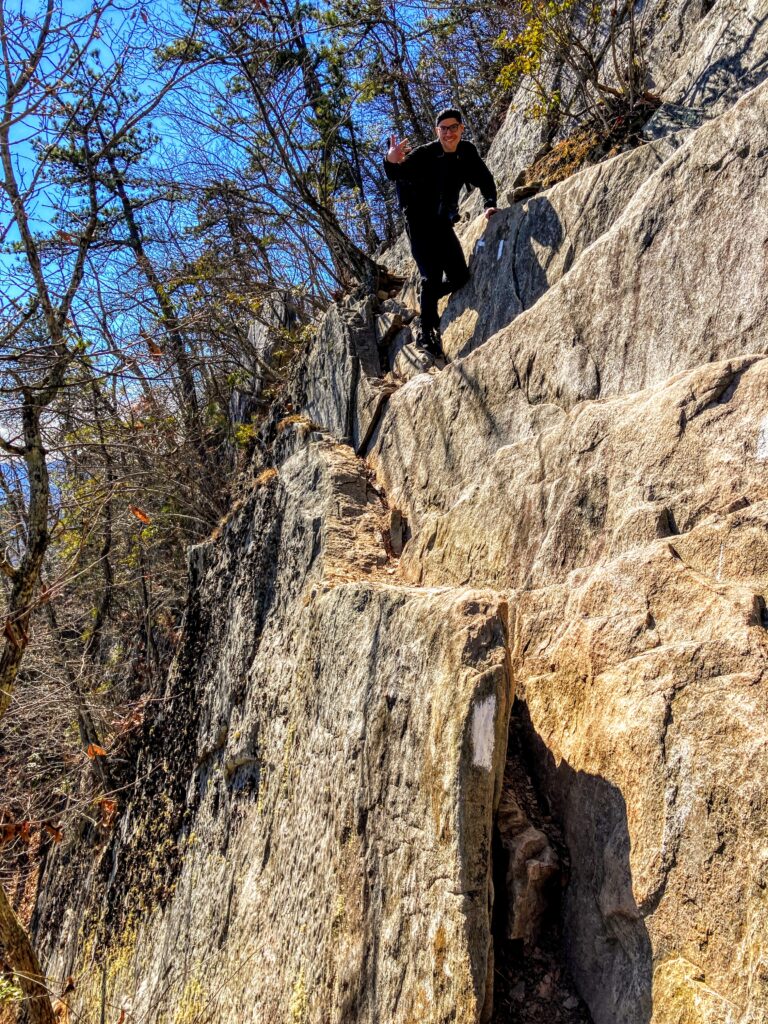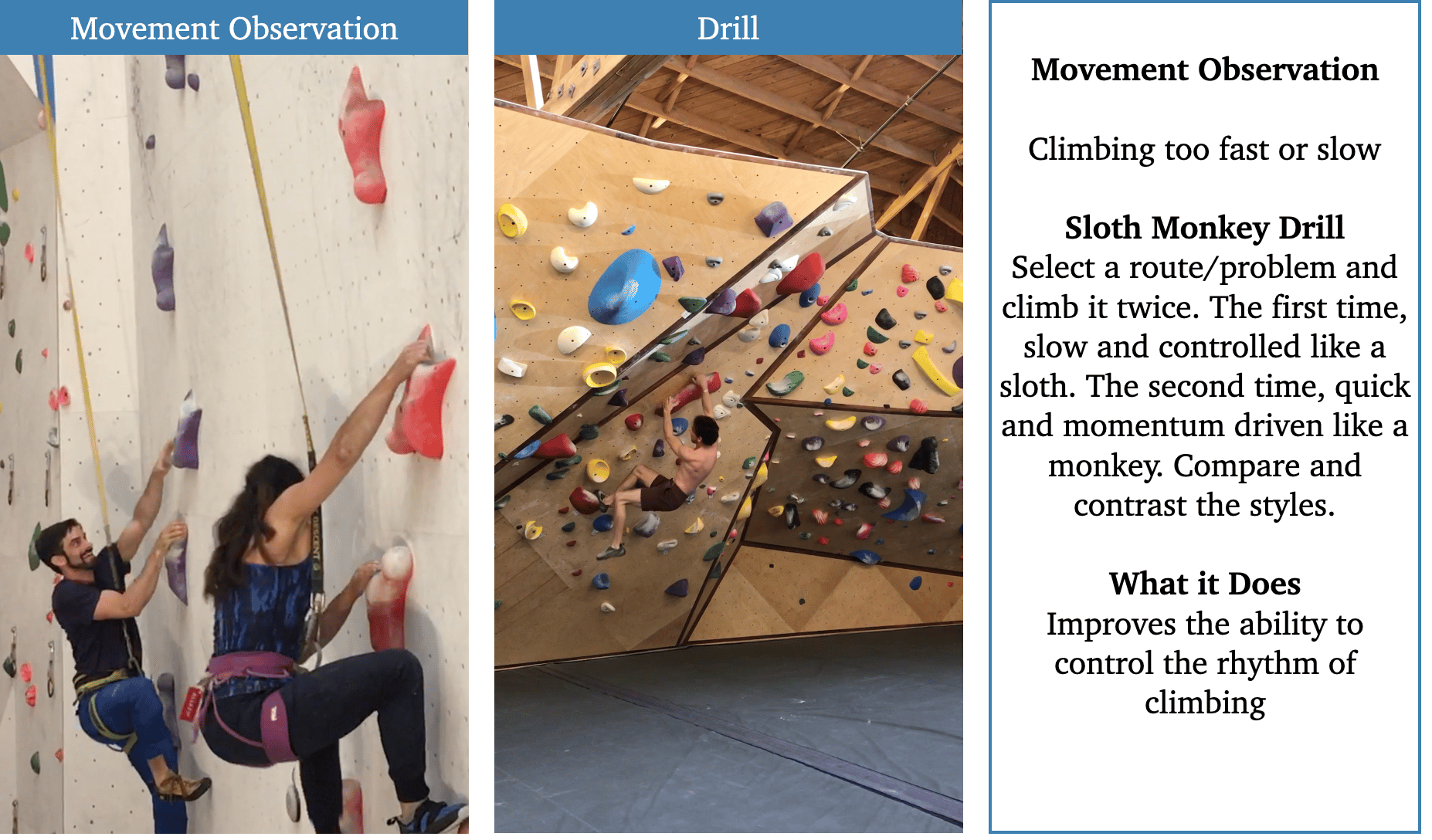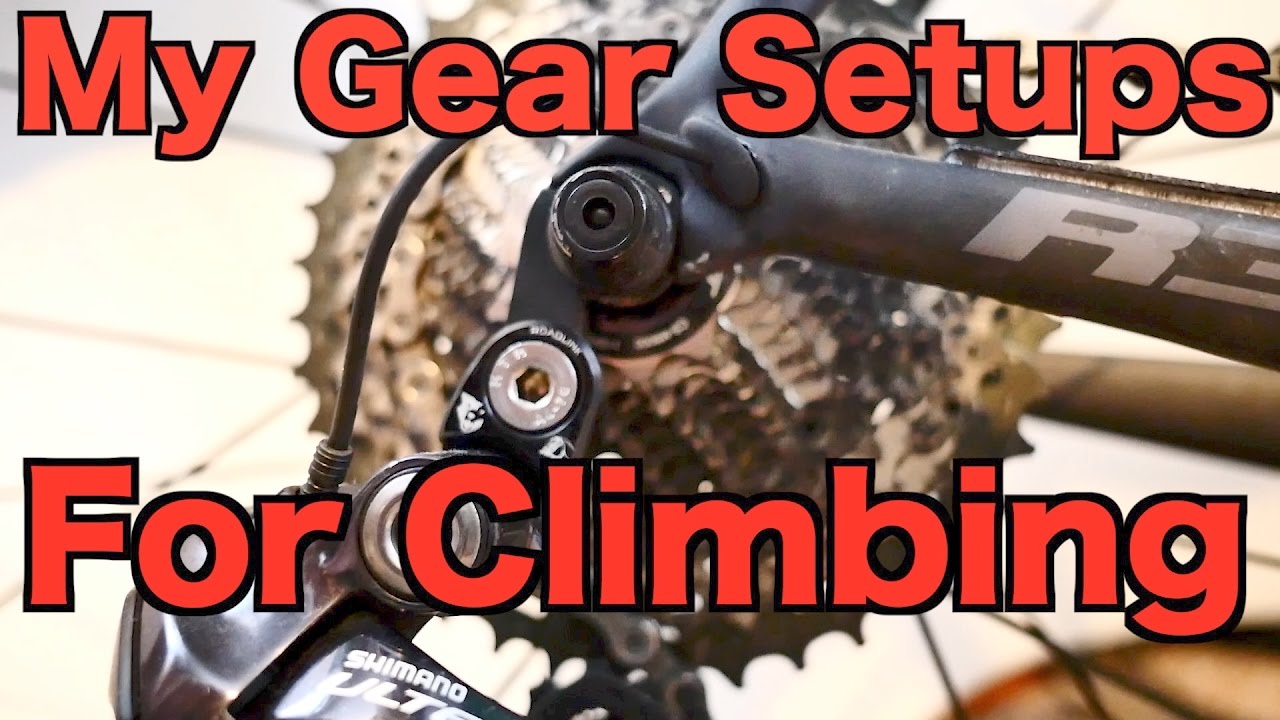🔥 Best MTB GEAR DEALS ON AMAZON
If you are a passionate mountain biker, you understand the importance of a well-functioning bike. Gears play a crucial role in providing the necessary power and control during your adventurous rides. However, like any mechanical system, gears can sometimes encounter issues that require fixing. In this article, we will delve into the various steps and techniques you can employ to fix gears on a mountain bike.
Diagnosing the Problem
Before diving into the actual repair process, it is essential to diagnose the problem accurately. Identifying the issue will help you determine the appropriate solution and avoid wasting time on unnecessary repairs. Here are a few common problems related to gears and their possible causes:
1. Gear Skipping or Slipping
If you notice your gears skipping or slipping, it can be due to several reasons:
- Worn-out gear teeth: Over time, the teeth on your gear cassette or chainrings can become worn-out or damaged, leading to skipping or slipping of gears. Inspect the gear teeth closely and if you notice significant wear, it is recommended to replace the affected gear cassette or chainrings.
- Loose or worn derailleur cable: The derailleur cable connects the gear shifter to the derailleur, and if it becomes loose or worn, it can cause gear skipping or slipping. Check the tension of the cable, and if it feels loose or worn, consider replacing it.
- Incorrect derailleur adjustment: Improper adjustment of the derailleur can also result in gear skipping or slipping. Refer to your bike’s manual or online resources for the correct adjustment procedures. Adjust the high and low limit screws and cable tension as needed.
- Bent derailleur hanger: A bent derailleur hanger can cause misalignment of the derailleur, leading to gear skipping or slipping. Inspect the hanger closely, and if it is bent, it needs to be straightened or replaced.
2. Difficulty Shifting Gears
If you experience difficulty shifting gears, it may be attributed to:
- Dirty or corroded cables: Dirt, corrosion, or fraying of the cables can hinder smooth gear shifting. Inspect the cables closely, and if you notice any dirt, corrosion, or fraying, clean or replace the cables accordingly.
- Misaligned derailleur: The derailleur should be parallel to the cassette and not rubbing against it. Check the alignment of the derailleur, and if it is misaligned, adjust it accordingly.
- Worn-out shifter or derailleur components: Over time, the shifter or derailleur components can wear out, causing difficulty in shifting gears. Inspect these components closely, and if they appear worn-out, consider replacing them.
- Insufficient cable tension: If the cable tension is not properly adjusted, it can result in hesitant or difficult gear shifting. Use the barrel adjuster located on the derailleur or shifter to adjust the cable tension. Increase tension if shifting is difficult, and decrease it if the chain overshoots gears.
3. Chain Rubbing Against Derailleur
When your chain rubs against the derailleur, it can be caused by:
- Misaligned derailleur position: The derailleur should be aligned parallel to the cassette gears. Check the positioning of the derailleur, and if it is misaligned, adjust it accordingly.
- Bent derailleur hanger: A bent derailleur hanger can cause the derailleur to be misaligned, resulting in chain rubbing. Inspect the hanger closely, and if it is bent, straighten or replace it.
- Excessive chain slack: If there is too much slack in the chain, it can rub against the derailleur. Adjust the chain tension by moving the rear wheel slightly backward if it is too slack. If the chain is too tight, adjust the tension accordingly.
- Verify the derailleur limit screws: The derailleur limit screws control how far the chain can move inward and outward. Adjust them to prevent chain rubbing against the derailleur cage.
Fixing Gears on a Mountain Bike
Once you have identified the problem, you can proceed with the appropriate fixes. Please note that some repairs may require specific tools and expertise. If you are unsure or uncomfortable performing any of the steps, it is always advisable to consult a professional bike mechanic.
1. Gear Skipping or Slipping
To address gear skipping or slipping, follow these steps:
- Inspect the gear teeth for signs of wear. If the teeth appear worn-out or damaged, it is recommended to replace the affected gear cassette or chainrings. This will ensure smooth and precise gear engagement.
- Check the derailleur cable’s tension. If it feels loose or worn, consider replacing it. If the cable is intact, adjust the tension using the barrel adjuster located on the derailleur or shifter. Proper cable tension is essential for accurate gear shifting.
- Ensure that the derailleur is properly aligned. If the derailleur hanger is bent, it needs to be straightened or replaced. A misaligned derailleur can cause gear skipping or slipping, so it is crucial to align it correctly.
- Verify the derailleur adjustments. Refer to your bike’s manual or online resources for the correct adjustment procedures. Adjust the high and low limit screws and cable tension as needed. Proper derailleur adjustments will ensure smooth gear transitions.
2. Difficulty Shifting Gears
To resolve gear shifting issues, you can follow these steps:
- Inspect the cables for dirt, corrosion, or fraying. Clean or replace the cables if necessary. Clean cables will ensure smooth movement and reduce friction during gear shifting.
- Check the derailleur alignment. Ensure it is parallel to the cassette and not rubbing against it. Proper alignment will facilitate precise gear shifting.
- Examine the shifter and derailleur components for wear. If any components appear worn-out, consider replacing them. Worn-out components can hinder smooth gear shifting and may need to be replaced for optimal performance.
- Adjust the cable tension using the barrel adjuster. Increase tension if shifting is hesitant or difficult, and decrease it if the chain overshoots gears. Proper cable tension is crucial for accurate gear shifting.
3. Chain Rubbing Against Derailleur
If your chain rubs against the derailleur, try the following steps:
- Check the derailleur positioning. Make sure it is aligned parallel to the cassette gears. Proper positioning will prevent chain rubbing against the derailleur.
- Inspect the derailleur hanger for any signs of bending. If bent, straighten or replace it. A bent derailleur hanger can cause misalignment, leading to chain rubbing.
- Adjust the chain tension. If the chain is too slack, tighten it by moving the rear wheel slightly backward. If it is too tight, adjust the tension accordingly. Proper chain tension will prevent chain rubbing against the derailleur.
- Verify the derailleur limit screws. These screws control how far the chain can move inward and outward. Adjust them to prevent chain rubbing against the derailleur cage. Proper adjustment of limit screws will ensure smooth chain movement.
Maintenance Tips for Smooth Gear Functionality
Once you have fixed the gears on your mountain bike, it is essential to maintain them properly to ensure long-lasting smooth functionality. Here are some maintenance tips to consider:
- Regularly clean and lubricate your chain to prevent dirt accumulation. This will reduce friction and ensure smooth gear shifting.
- Keep an eye on the cable condition and replace them when worn or damaged. Worn or damaged cables can hinder gear shifting performance.
- Inspect and adjust the derailleur position and alignment periodically. Proper alignment will ensure precise gear shifting.
- Check the gear components for wear and replace them as necessary. Worn-out components can affect gear functionality and should be replaced for optimal performance.
- Be cautious while shifting gears, avoiding excessive force or sudden shifts. Smooth and controlled gear shifting will prevent unnecessary wear and tear on the gears.
By following these maintenance practices, you can extend the lifespan of your bike’s gears and prevent potential issues from arising.
In conclusion, fixing gears on a mountain bike requires a systematic approach to diagnose and address the problems accurately. By understanding the common gear-related issues and following the appropriate repair steps, you can ensure smooth and efficient gear functionality, allowing you to enjoy your thrilling mountain biking adventures to the fullest. Remember, if you ever feel uncertain or uncomfortable with any repair procedures, seek assistance from a professional bike mechanic.
FAQ
1. What are some common reasons for gear skipping or slipping on a mountain bike?
- Worn-out gear teeth on the cassette or chainrings
- Loose or worn derailleur cable
- Incorrect derailleur adjustment
- Bent derailleur hanger
2. What can cause difficulty shifting gears on a mountain bike?
- Dirty or corroded cables
- Misaligned derailleur
- Worn-out shifter or derailleur components
- Insufficient cable tension
3. What are the possible causes of chain rubbing against the derailleur?
- Misaligned derailleur position
- Bent derailleur hanger
- Excessive chain slack
- Improperly adjusted derailleur limit screws
4. What are some maintenance tips for smooth gear functionality on a mountain bike?
- Regularly clean and lubricate the chain
- Replace worn or damaged cables
- Periodically inspect and adjust the derailleur position and alignment
- Replace worn-out gear components
- Shift gears smoothly and avoid excessive force or sudden shifts



